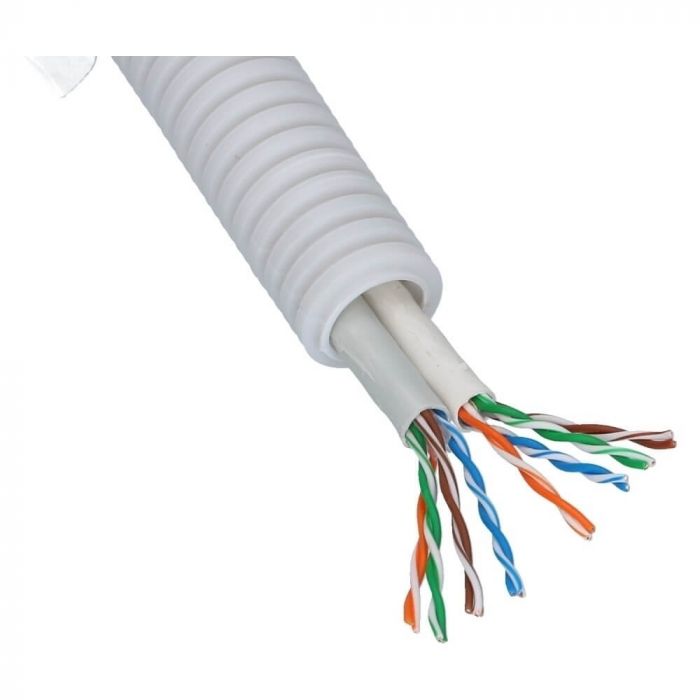Welcome to the forum. Read the
Cliff Notes and check out the
WIKI. There is a lot of info there to help you. There is even a section on exactly what you are asking.
Without a few pictures to understand what you mean, it is hard to give you a good answer.
In general, if the ethernet cable is going to be exposed to the elements, then it should be outside rated cable. Specifically UV rated. Now some folks have opted to not worry about that if the cable will not be in direct sunlight. FI you desire to run outdoor cable but are not going to bring it all the way to your POE switch, then a patch panel can be used, like the one below.
View attachment 77405View attachment 77406View attachment 77413
Generally one would use a mounting box designed for the specific camera that would be where you hold those connections. The box is waterproof. Now how you get the cable into that box is up to you. You can use a cable gland if you are just bringing in the cable, or use a conduit connector if you are using conduit.
Here is an example of a box for a Dahua camera that I installed a cable gland on and what it looks like installed. These are LPR cams in a box outside in the garden.
View attachment 77410View attachment 77412View attachment 77407 View attachment 77408











